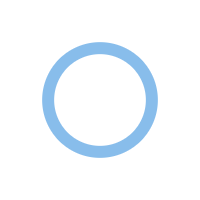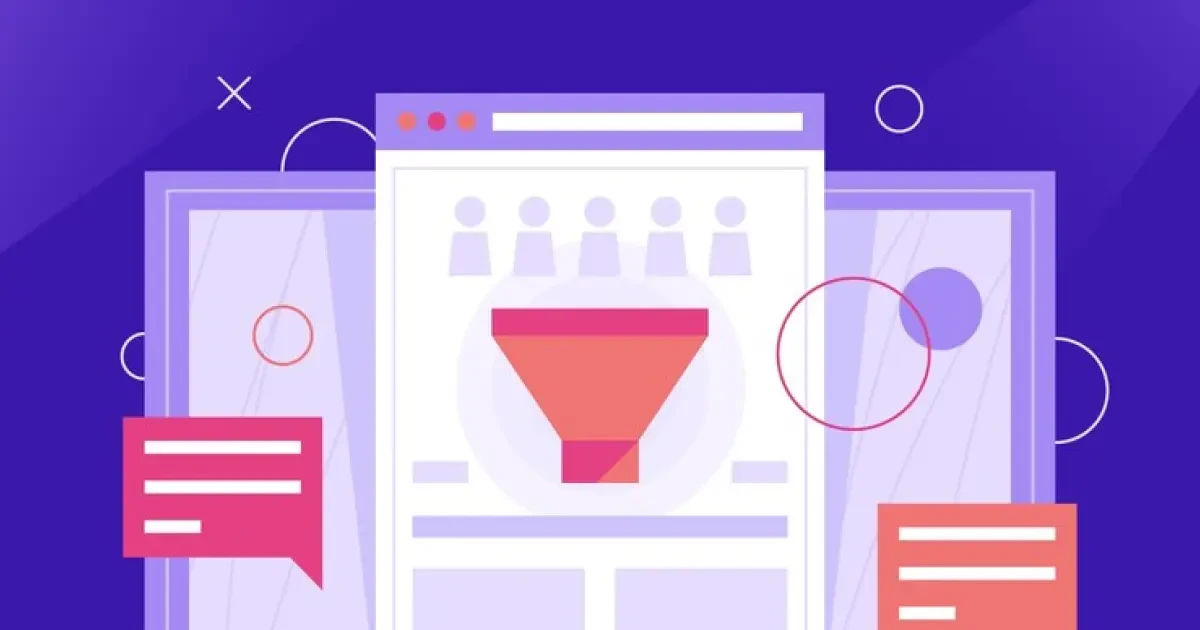


A sales funnel is a way to guide potential customers through their journey, from first learning about your business to making a purchase. It helps in managing and tracking the sales process. If you build a sales funnel with clear conversion goals, you can increase your chances of turning prospects into loyal customers. Here's how to build an effective sales funnel.
Before you start building a sales funnel, you need to know your target audience. Who are they? What problems do they face? What are their needs and desires?
Understanding your audience helps you craft the right message and guide them at every stage of the funnel. You can create buyer personas to represent your ideal customers, making it easier to tailor your funnel to their specific needs.
A typical sales funnel has several stages, and each one requires a specific approach:
Each stage needs a clear conversion goal. For example, the conversion goal in the Awareness Stage could be getting people to click on your ad, while in the Decision Stage, your goal might be getting them to request a demo or free trial.
Conversion goals are specific actions you want your potential customers to take. They keep your funnel focused and help you measure success. For example:
By setting clear conversion goals for each stage, you can measure your funnel's performance and make adjustments as needed.
Your offer must match the stage of the funnel. The content and messaging must be relevant and designed to move prospects through the funnel.
To ensure your sales funnel runs smoothly, use automation tools. These tools can help you nurture leads, send follow-up emails, and track engagement. Some common tools include:
Automation saves you time and ensures no lead falls through the cracks.
Once your sales funnel is up and running, it’s important to track its performance and make adjustments. Test different offers, landing pages, and messaging to see what works best.
A/B testing is a great way to compare different versions of your funnel to determine which one performs better. Test one element at a time (like the headline or CTA) to get clear results.
Review your conversion goals regularly to make sure they are still relevant. As your business grows and your audience changes, you may need to adjust your funnel.
Consider setting new goals based on current trends, customer feedback, and the results from your tests. This keeps your funnel fresh and aligned with your business objectives.
Building a sales funnel with clear conversion goals helps you guide your potential customers through their journey while measuring your success. By understanding your audience, defining funnel stages, creating compelling offers, and setting goals, you can increase your chances of turning leads into loyal customers. Don’t forget to use automation tools and test your funnel regularly to keep it optimized.

All the power of niche in your pocket. Schedule, publish and monitir your accounts with ease.